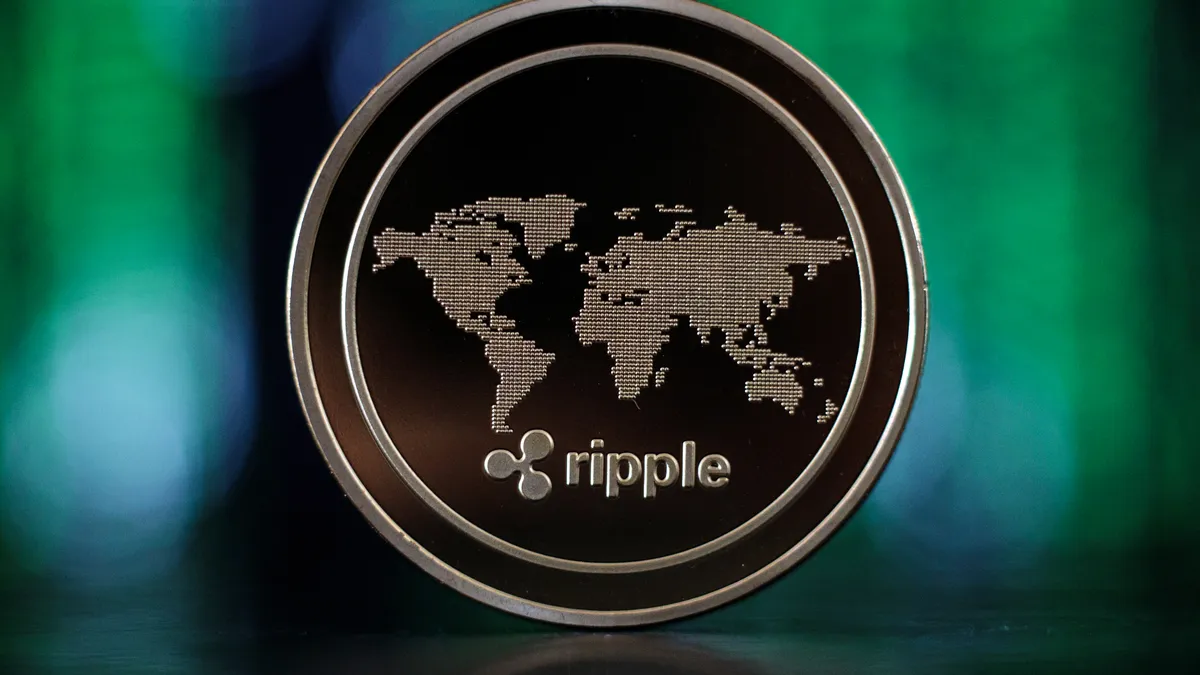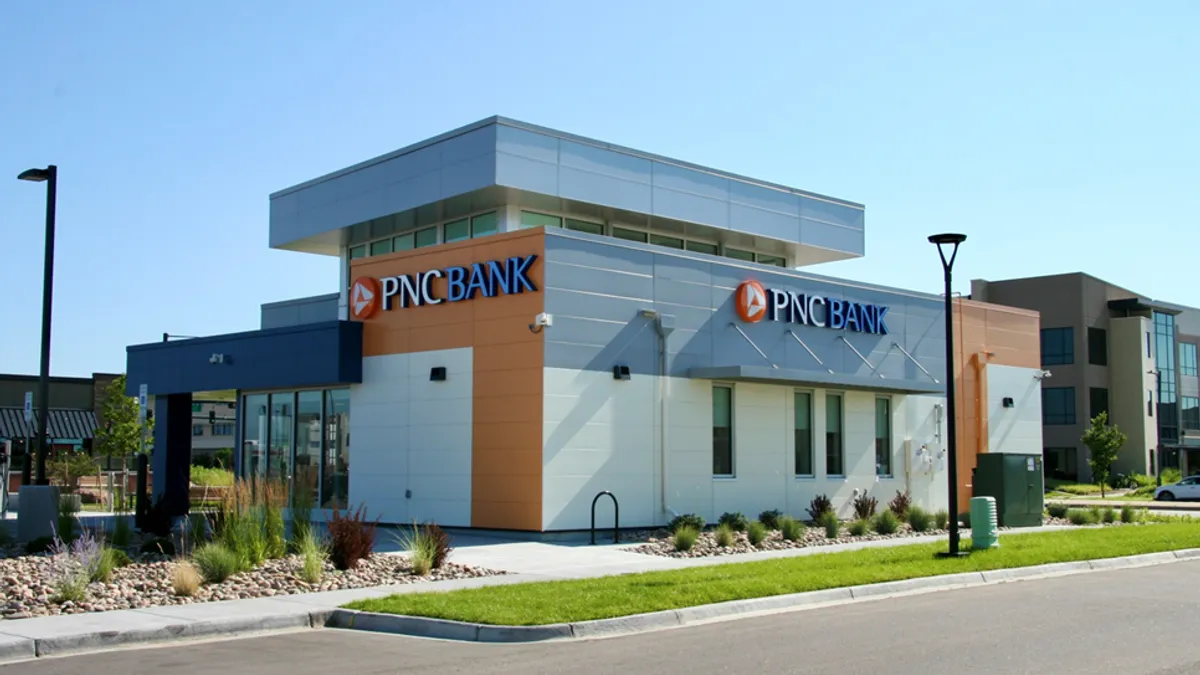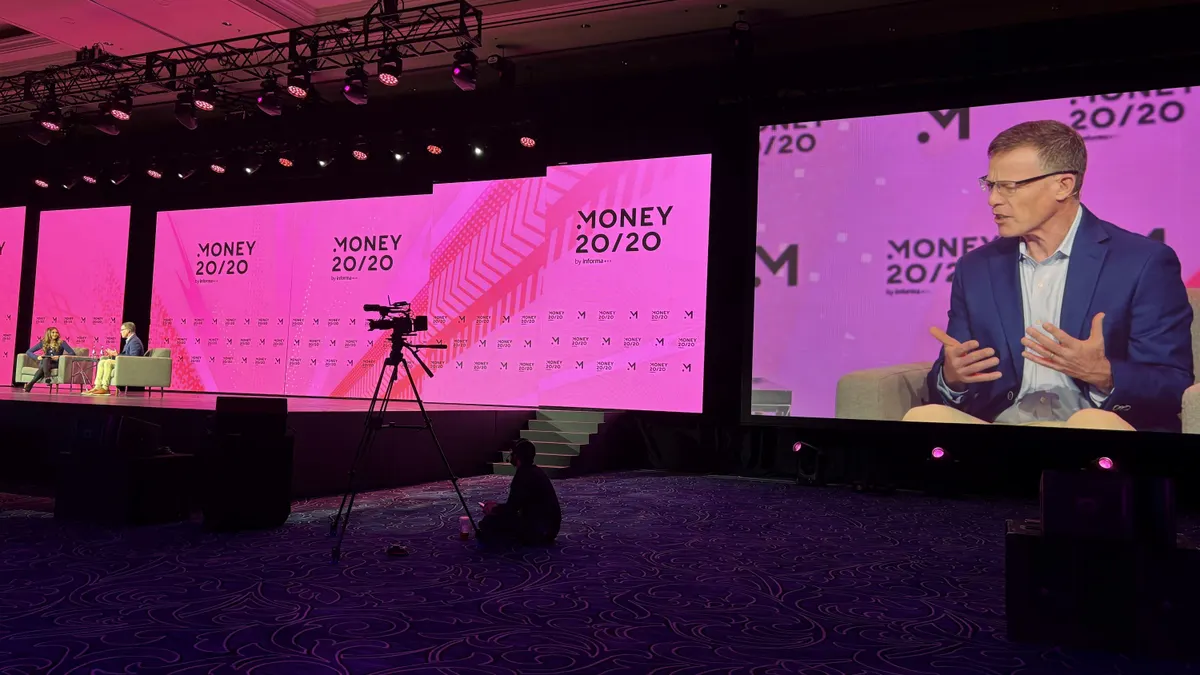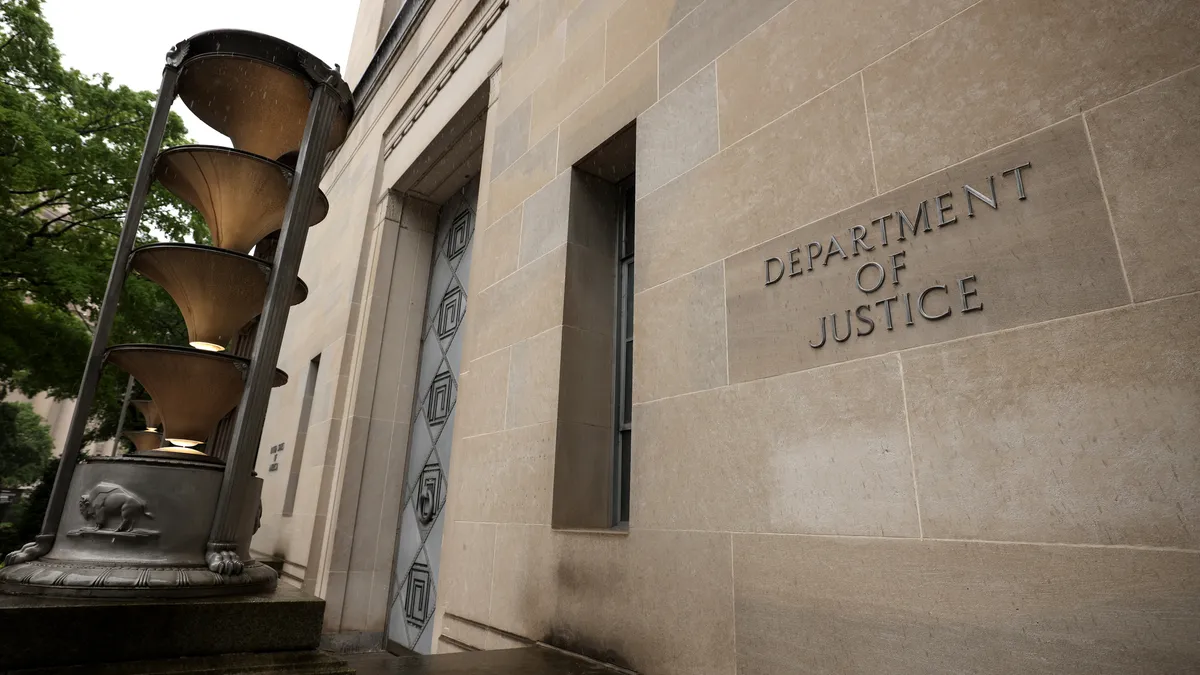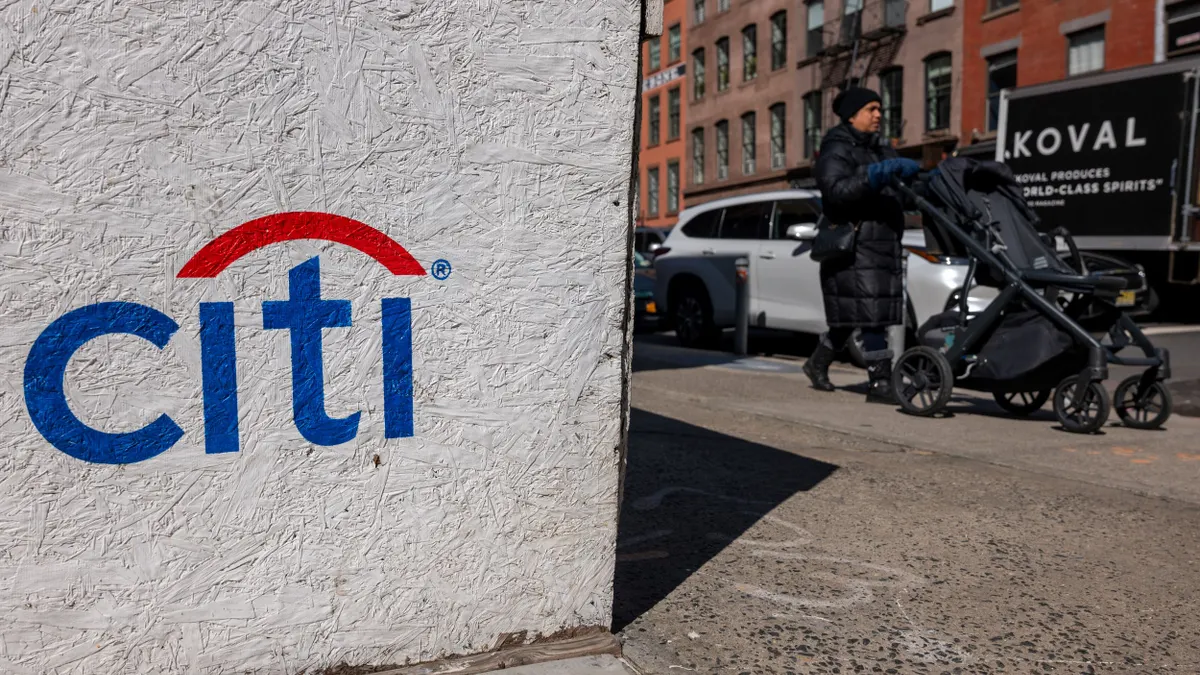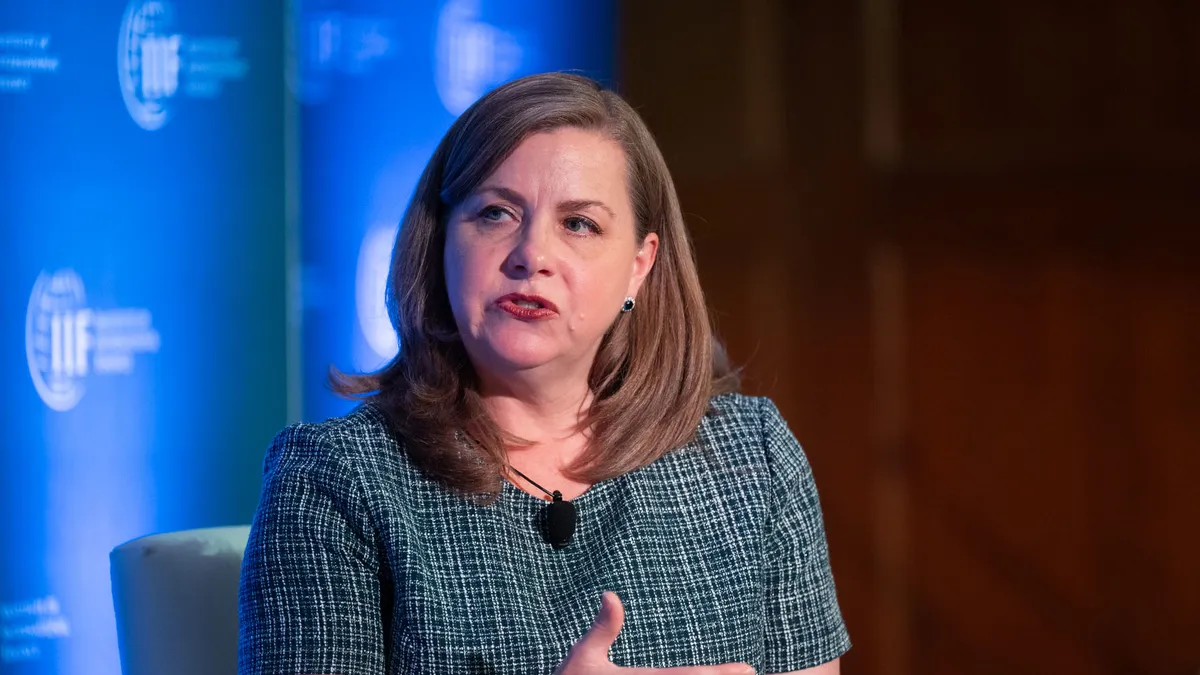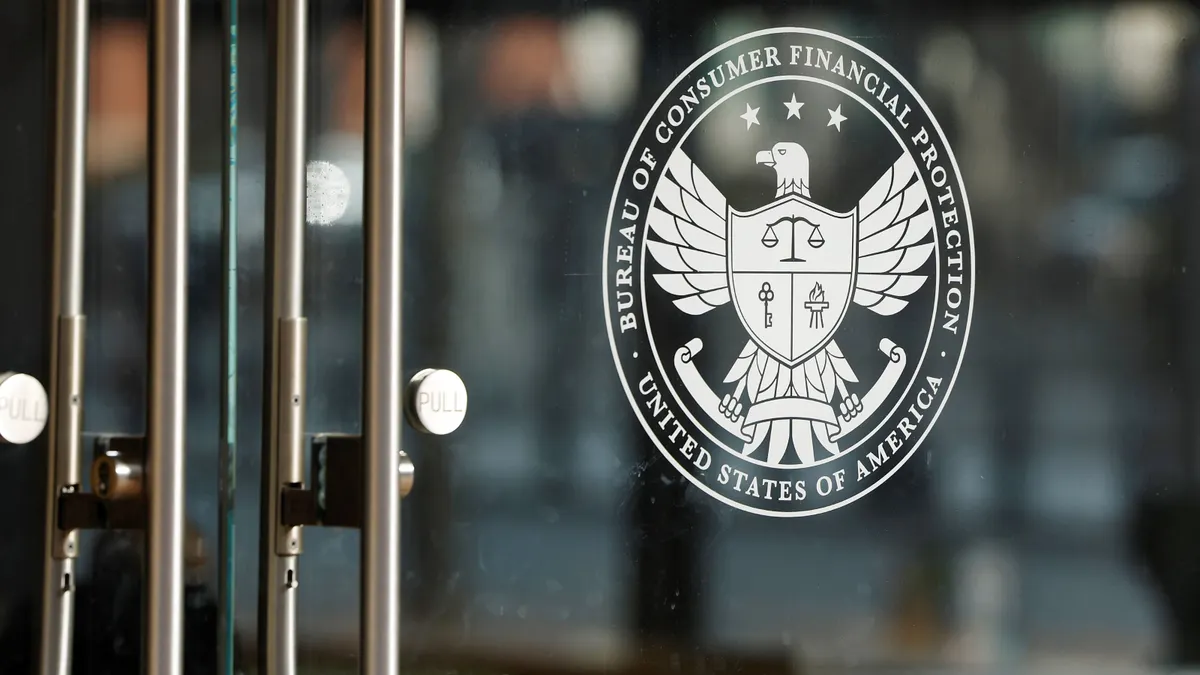To say that crypto is having a bull-market year may not be the deepest insight. But let’s quantify it through comparison.
On Thursday alone, both Ripple and Kraken announced acquisitions. Ripple’s $1 billion proposed purchase of treasury management software provider GTreasury marked its third nine-figure-or-higher deal of 2025. Kraken’s $100 million acquisition of Small Exchange is the company’s fourth major deal of the year.
The dollar amount attached to the Ripple deal makes it particularly captivating – especially in light of the company’s move in April to purchase prime brokerage firm Hidden Road for $1.25 billion. Taken together, they put Ripple in elite company: Namely, the crypto firm has become just the third U.S. bank or digital asset provider since 2020, in this columnist’s recollection, to embark on two billion-dollar acquisitions in the same year.
The first was Morgan Stanley – which shelled out $13 billion to buy brokerage firm E*Trade in February 2020, then $7 billion for investment fund manager Eaton Vance that October.
The second – and arguably more controversial – was New York Community Bank, which proposed buying Flagstar for $2.6 billion in April 2021, though the deal wouldn’t gain regulator sign-off until October 2022. However, five months later, the bank would plunk down another $2.7 billion to buy a large portion of the then-recently failed Signature Bank.
The transactions would push NYCB past the $100 billion-asset threshold, requiring tighter regulation by the Office of the Comptroller of the Currency. But after NYCB disclosed a surprise $252 million loss in January 2024 over commercial real-estate exposure, the bank’s stock price spiraled 84% over the next six weeks – until investor Liberty Strategic Capital gave the lender a $1.05 billion cash infusion and new management.
Still, Democratic lawmakers appeared to place greater blame on regulators than on NYCB. In an April 2024 letter, Sens. Elizabeth Warren of Massachusetts and Richard Blumenthal of Connecticut, accused the OCC of being “asleep at the wheel” in the nine months between the Signature transaction and the CRE-related loss.
By comparison, Morgan Stanley’s twin deals in 2020 gave off a near-ethereal glow, making then-CEO James Gorman akin to a folk hero and drawing perhaps begrudging respect from even his fiercest competitors.
About two months after the Eaton Vance deal was announced, JPMorgan Chase CEO Jamie Dimon – referencing Morgan Stanley’s advancement in the space – told an interviewer: “Asset management, my line is open.”
The question had been, which segment of JPMorgan would benefit from an acquisition?
“It might be software. It might be fintech ... It might be something overseas,” Dimon said. “If you’ve got brilliant ideas, give me a call. And if you’re a competitor investment bank and you bring the idea, you get the fee.”
The question for Ripple, then, is: When the Hidden Road and GTreasury deals are in the rear view, will the crypto firm be seen in a Morgan Stanley light, or an NYCB one?
In Ripple’s favor, the crypto sector has nowhere near the regulatory framework that banks have. So questions of whether the OCC did enough to police NYCB’s safety and soundness will have no direct comparison yet with where Trump-era crypto regulation will land at the Securities and Exchange Commission or Commodity Futures Trading Commission.
With a still-developing framework of rules, maybe all else is a land grab.
The GTreasury deal is set to give Ripple access to a $120 trillion corporate treasury market.
"For too long, money has been stuck in slow, outdated payments systems and infrastructure, causing unnecessary delays, high costs, and roadblocks to entering new markets – problems that blockchain technologies are ideally suited to solve," Ripple CEO Brad Garlinghouse, said in a release Thursday. “Ripple’s and GTreasury’s capabilities together bring the best of both worlds, so treasury and finance teams can finally put their trapped capital to work, process payments instantly, and open up new growth opportunities.”
For GTreasury, the soul of the deal seems to be in movement.
“By joining Ripple, we are accelerating our vision from managing capital to activating it,” the company’s CEO, Renaat Ver Eecke, said Thursday. “The combination of our cash forecasting, risk management, and compliance foundation with Ripple’s speed, global network and digital asset solutions creates an opportunity for treasurers to manage liquidity, payments and risk in the new digital economy.”
There’s opportunity for Ripple’s two billion-dollar deals to dovetail, as the company Thursday anticipated broaching the global repurchase agreement market through Hidden Road and earning more on short-term assets.
“Astounding amounts of cash are trapped in outdated payments systems, creating friction, unnecessary costs and barriers to entering new markets,” Garlinghouse wrote Thursday on social media platform X.
“Payments are where Ripple first started,” he noted, adding “the infrastructure is complex, siloed and inefficient, but as we know, perfectly positioned to benefit from decentralized financial technologies.”


